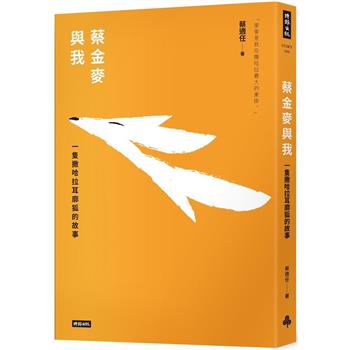This volume is useful for those with an interest in U.S. Navy patrol aviation from the 1950s through the 1970s; it is especially strong concerning the fleet introduction and use of the P-3 Orion land-based antisubmarine warfare aircraft. John Coughlin enlisted in the Navy shortly before the end of World War II and went through the program for radar technicians before entering the Naval Academy. He graduated and was commissioned in 1950, then underwent flight training. He served in the early 1950s in Weather Reconnaissance Squadron One (VJ-1) and in the Fleet Airborne Electronics Training Unit Pacific. From 1955 to 1958 he studied advanced electronics at the Naval Postgraduate School and then moved on to fly P2Vs in VAHM-10/VP-17. Duties in the early 1960s included the staff of Commander Fleet Air Whidbey Island, Air Development Squadron One (VX-1), and as a student at the Armed Forces Staff College. In the late 1960s and early 1970s, in the P-3, he commanded a detachment of Patrol Squadron 31 (VP-31), Patrol Squadron 22 (VP-22), and Patrol Squadron 30 (VP-30). Sandwiched in was Vietnam War service as navigator of the amphibious assault ship Princeton (LPH-5). In the 1970s he had a variety of duties. He was in the Naval Electronic Systems Command; attended an advanced management program at Harvard University, worked on the Joint Staff as program manager for the Worldwide Military Command and Control System, and in 1975-77 was the last officer to serve as Commandant of the 12th Naval District. He later served in OP-04, with additional duty as advisor to the Maritime Administration. The admiral’s final active duty tour, from 1979 to 1980, was as Director of Naval Administration in OpNav.
| FindBook |
有 1 項符合
Reminiscences of Rear Adm. John T. Coughlin, USN (Ret.)的圖書 |
 |
Reminiscences of Rear Adm. John T. Coughlin, USN (Ret.) 作者:Coughlin 出版社:US Naval Institute Press 出版日期:1982-05-15 語言:英文 規格:精裝 / 512頁 / 27.94 x 21.59 x 2.87 cm / 普通級/ 初版 |
| 圖書館借閱 |
| 國家圖書館 | 全國圖書書目資訊網 | 國立公共資訊圖書館 | 電子書服務平台 | MetaCat 跨館整合查詢 |
| 臺北市立圖書館 | 新北市立圖書館 | 基隆市公共圖書館 | 桃園市立圖書館 | 新竹縣公共圖書館 |
| 苗栗縣立圖書館 | 臺中市立圖書館 | 彰化縣公共圖書館 | 南投縣文化局 | 雲林縣公共圖書館 |
| 嘉義縣圖書館 | 臺南市立圖書館 | 高雄市立圖書館 | 屏東縣公共圖書館 | 宜蘭縣公共圖書館 |
| 花蓮縣文化局 | 臺東縣文化處 |
|
|
圖書介紹 - 資料來源:博客來 評分:
圖書名稱:Reminiscences of Rear Adm. John T. Coughlin, USN (Ret.)
|










